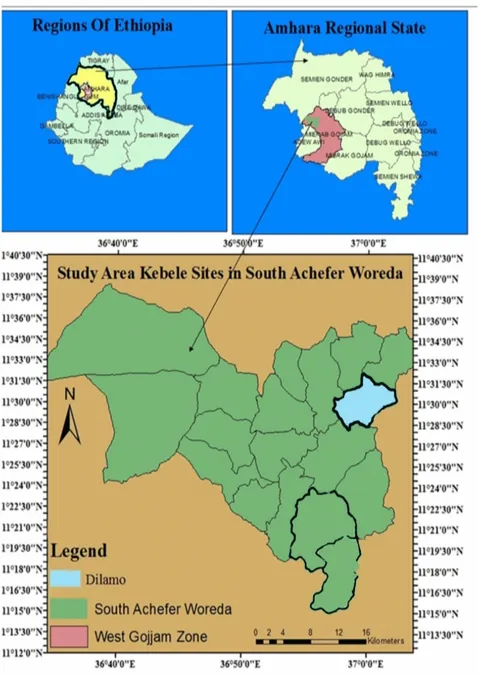
Unveiling Malaria Mosquito Behavior: Shocking Findings from Ethiopia
2025-05-28
Author: Arjun
Exploring the Dark Side of Malaria Mosquitoes
In the battle against malaria, understanding the feeding behaviors of mosquitoes is crucial. A recent study in the rural village of Dilamo, West Gojjam, Ethiopia, has unveiled alarming insights into the blood-feeding patterns and disease vectors of malaria-transmitting Anopheles species.
Research Methodology: A Deep Dive
Researchers strategically positioned clay pots and pit shelters around ten randomly selected households for mosquito collection. Over four months, with samples taken twice monthly, they gathered data on species composition, blood meal sources, and the presence of malaria parasites.
Shocking Results: Who Does the Anopheles Mosquito Prefer?
From 319 female Anopheles mosquitoes captured, Anopheles demeilloni dominated the findings, making up a staggering 90.9% of the samples. Astonishingly, 86.5% of those freshly fed mosquitoes had blood meal sources, with a whopping 96% of them testing positive for blood from cattle or humans. The study revealed a concerning human blood meal index of 43%, indicating significant human exposure to mosquito bites.
The Dangerous Shift in Mosquito Behavior
Despite previous efforts in malaria control, including insecticide-treated nets and indoor spraying, malaria rates are resurging in many African nations, notably Ethiopia. Factors contributing to this alarming trend include the emergence of insecticide-resistant mosquitoes and changes in mosquito behavior, with many now biting outdoors, evading contact with conventional interventions.
The Impact of Humans and Agriculture on Mosquito Feeding Patterns
Findings indicated that animal husbandry practices could be elevating the risk of malaria transmission. With the high prevalence of livestock sharing living spaces with humans at night, mosquitoes are increasingly drawn to mixed blood meals. This close proximity may explain the high human blood meal index, compounding the need for effective control strategies.
A Call to Action: Rethinking Malaria Control Strategies
With Anopheles demeilloni’s notable ability to feed on humans, it is evident that current interventions may not be sufficient. The absence of Plasmodium sporozoites in the mosquitoes collected, despite their high human blood meal index, raises urgent questions about transmission and the effectiveness of current malaria management strategies.
Conclusion: The Fight Against Malaria Continues
The intricate behaviors of malaria mosquitoes demand a nuanced approach to vector control. This study highlights that as mosquitoes adapt, so too must our strategies — focusing not just on indoor environments but also outdoor settings where these cunning pests now thrive. The time to rethink and adapt our responses to malaria transmission is now!





 Brasil (PT)
Brasil (PT)
 Canada (EN)
Canada (EN)
 Chile (ES)
Chile (ES)
 Česko (CS)
Česko (CS)
 대한민국 (KO)
대한민국 (KO)
 España (ES)
España (ES)
 France (FR)
France (FR)
 Hong Kong (EN)
Hong Kong (EN)
 Italia (IT)
Italia (IT)
 日本 (JA)
日本 (JA)
 Magyarország (HU)
Magyarország (HU)
 Norge (NO)
Norge (NO)
 Polska (PL)
Polska (PL)
 Schweiz (DE)
Schweiz (DE)
 Singapore (EN)
Singapore (EN)
 Sverige (SV)
Sverige (SV)
 Suomi (FI)
Suomi (FI)
 Türkiye (TR)
Türkiye (TR)
 الإمارات العربية المتحدة (AR)
الإمارات العربية المتحدة (AR)